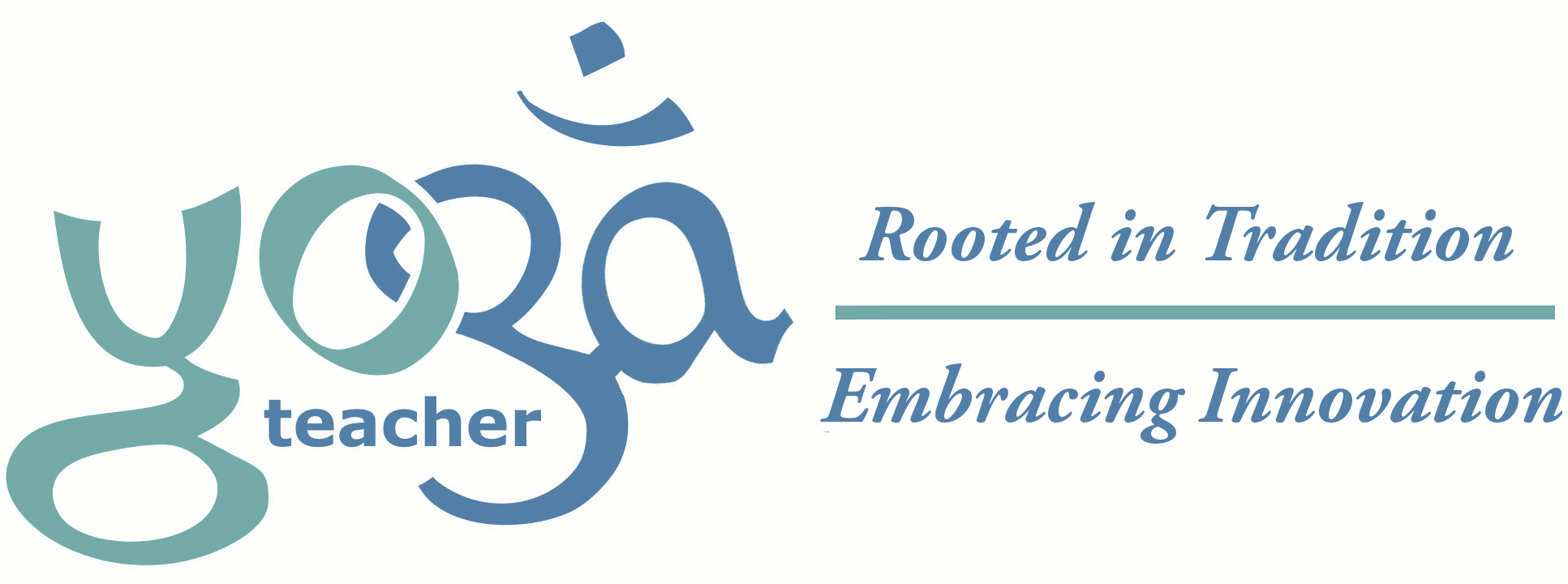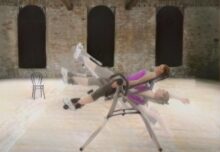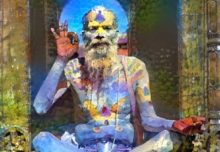 How do you park an Elephant? This is no joking matter. In previous centuries this was a serious problem for elephant trainers. Before the advent of bulldozers, elephants were used throughout Asia to do the heavy lifting.
How do you park an Elephant? This is no joking matter. In previous centuries this was a serious problem for elephant trainers. Before the advent of bulldozers, elephants were used throughout Asia to do the heavy lifting.
Imagine for a moment that you are an elephant trainer working in Asia in 1700. You haul a load of timber into the city to a construction site. Now you want to take a lunch break. You look around for something to tie your elephant onto, so that it will not wander off and get into trouble. But a full-grown working elephant is easily capable of pushing over any of the buildings or small trees that you see in this neighborhood.
Elephant trainers in antiquity solved this problem by employing a concept called ‘learned helplessness.’ First, they would chain a new elephant by its front leg to a sturdy tree. Rage as she might, the elephant could not break the heavy iron chain or push over the tree. When the elephant gave up trying to free herself the chain would be replaced by a heavy rope. Over a period of weeks or months, the rope would be replaced with a heavy cord tied to a post. Eventually the cord would be replaced with a symbolic ribbon tied around one foot. A properly trained elephant would wait patiently for her master to untie the ribbon before she felt free to move about again. That is how you park an elephant—with a ribbon tied around her foot!
 This is a testament not to the stupidity of elephants, but to the insidious nature of learned helplessness. In fact, I would go so far as to venture that intelligence might even make us more susceptible to conditioning. My experience with dogs over the years, has been that it is easier to train a smart dog, like a Border Collie, than it is breeds not known for intelligence, like a Mastiff.
This is a testament not to the stupidity of elephants, but to the insidious nature of learned helplessness. In fact, I would go so far as to venture that intelligence might even make us more susceptible to conditioning. My experience with dogs over the years, has been that it is easier to train a smart dog, like a Border Collie, than it is breeds not known for intelligence, like a Mastiff.
Just as helplessness can be learned, so too can empowerment. If you take back control in any one area of your life, y ou will naturally tend to look for other areas where you can repeat this process. Pick an area of your own life where you are playing the role of victim and take back control. It does not matter where you start—it only matters that you begin.
ou will naturally tend to look for other areas where you can repeat this process. Pick an area of your own life where you are playing the role of victim and take back control. It does not matter where you start—it only matters that you begin.
This idea is the heart of Yoga. In the 8-fold path we start by controlling how we interact with others. Then we focus on our own internal habits. Next, we work to control muscles, then breath, then the senses, and finally the mind.
1 Comment
-
Interesting history of elephants. Thanks for the reminder about helplessness. Sometimes we forget in our day to day lives how true this is about our acceptance of things.





